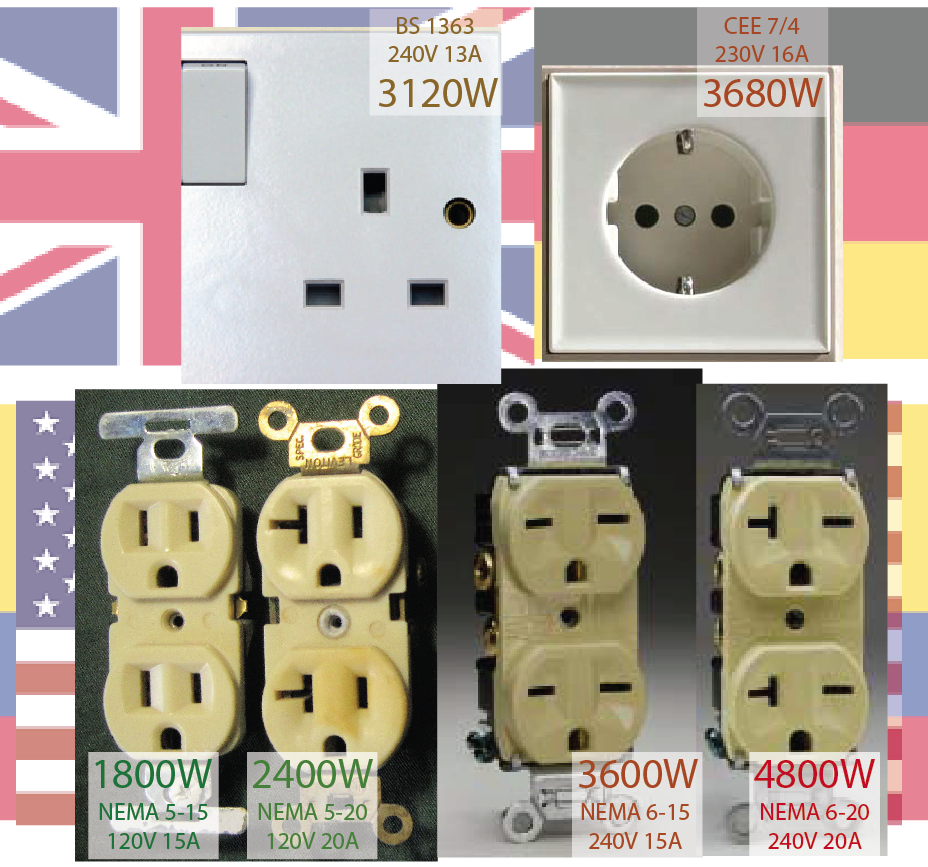(This might be more of a DIY question, if you think so I will gladly move it there)
I recently moved to the US and intend to use some of my 230 V appliances on "native" 240 V here in the US, for which the outlet should be NEMA 6-15 or 6-20. Since I don't want to rewire every appliance or use many adapters, I was thinking about rewiring existing power strips (example), which are rated 16 A, with a suitable NEMA plug (6-15). Unfortunately the plugs on these are molded on, but after giving up a short section of cable I should be able to identify the ground wire easily (green/yellow color-coding or by measuring continuity with ground contacts); the "hot" and "neutral" wires should not matter since both outlet wires are "hot" here in the US.
Since the power strip is only rated at 16 A (not that I plan on ever drawing anything near that), breaker and outlet should be rated for 15 A, and the correct outlet and plug to be used would be NEMA 6-15.
Is there anything else I have to consider? Are there any legal restrictions in Virginia that you are aware of that might make this unfeasible?

